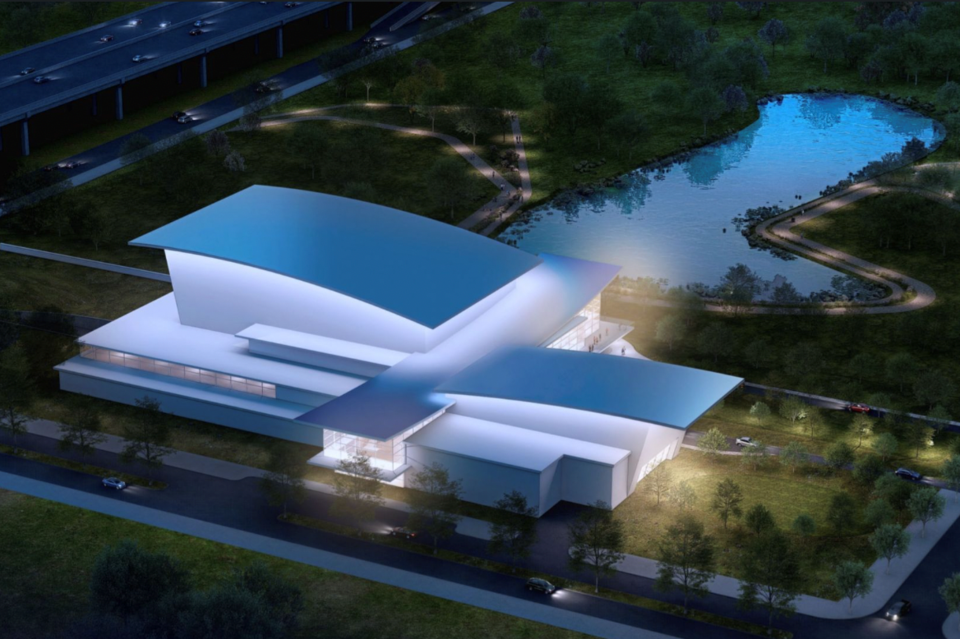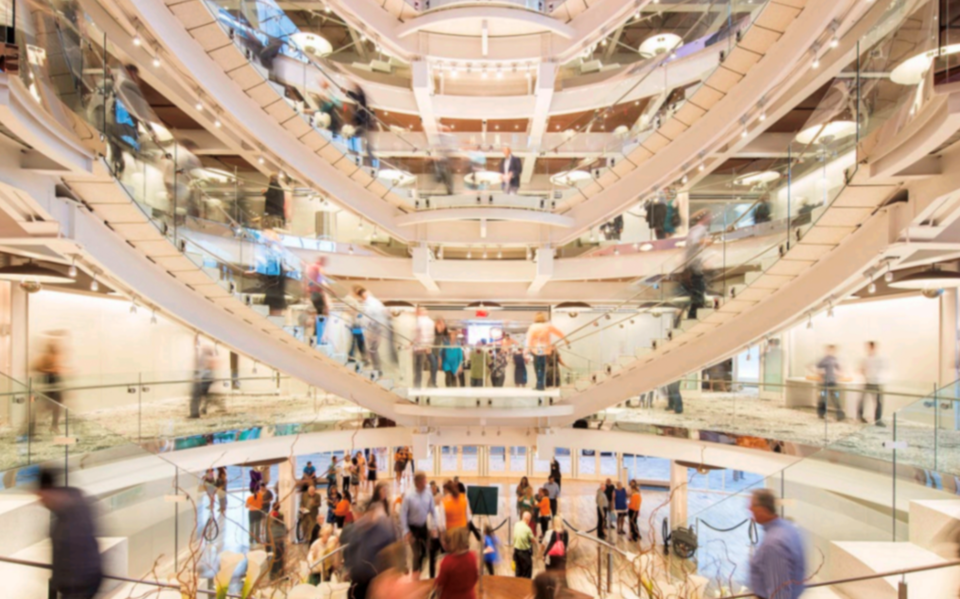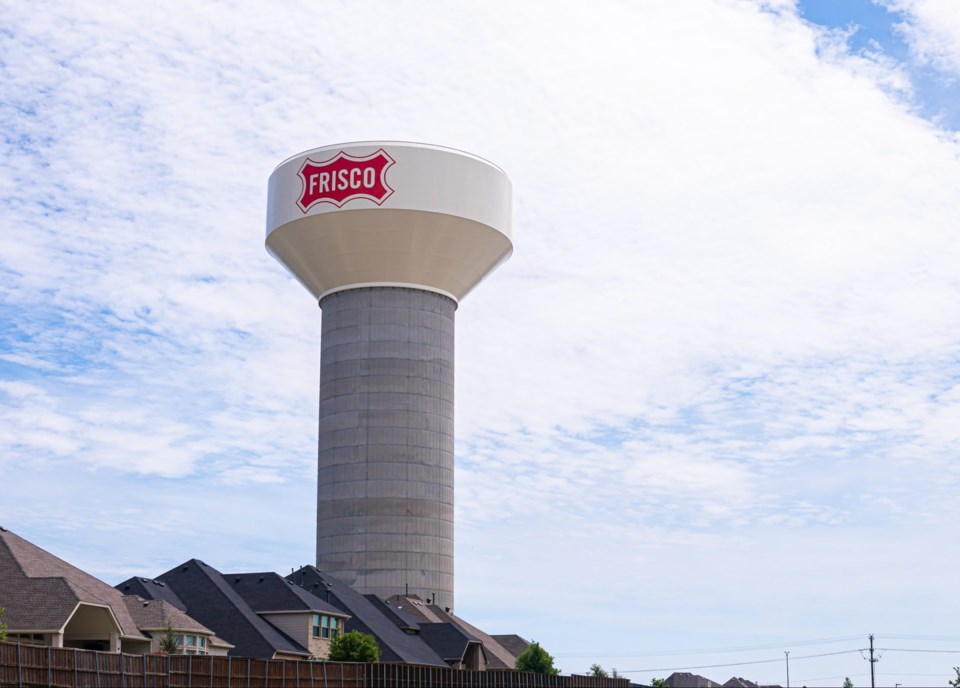Frisco seems like it has it all: the Dallas Cowboys Headquarters, the PGA of America and even James Beard-nominated restaurants. But according to Mayor Jeff Cheney, that’s not enough to keep people from leaving.
Cheney is drawing attention to a surprising trend: Frisco residents aren’t moving away for better jobs or bigger homes — they’re leaving in search of more vibrant arts and entertainment options.
This May, Cheney is asking voters to change that by supporting Propositions A and B, which would pave the way for a world-class Center for the Arts in Frisco. “This is a generational opportunity to transform Frisco into a cultural beacon,” Cheney said in a LinkedIn post. “It complements our identity as Sports City USA and solidifies our place as a premier destination in the Dallas-Fort Worth metroplex.”
“This is a generational opportunity to transform Frisco into a cultural beacon.”
Even with cultural draws like HALL Park’s sculpture garden, Kaleidoscope Park, and the Academy of Country Music Awards — which has called Frisco home for going on three years — the city still, apparently, comes up short.

The proposed Frisco Center for the Arts would feature Broadway-caliber performances, national tours, concerts, community events and student productions. It's designed not just as a theater, but as an engine for economic and cultural development.
Study Confirms What Residents Already Know
A key part of the city's case is backed by a detailed analysis commissioned by Visit Frisco and conducted by consumer analytics firm Buxton, which examined how residents, day-trippers and hotel guests interact with local attractions.
Frisco commissioned the study to better understand what draws people to — and away from — the city. Using GPS data gathered from mobile devices, Buxton geo-fenced all hotels and major attractions, tracking over 54.8 million location pings and identifying 2.6 million unique visits within one year.
The findings were clear: Frisco residents show high volumes of traffic at nearby lifestyle destinations like Legacy West, and those same residents are also far more likely to visit entertainment venues such as the Toyota Music Factory and Lava Cantina. This pattern signals a strong local appetite for mixed-use developments that include arts and entertainment components.
“These findings suggest a high affinity for future mixed-use lifestyle development in Frisco,” the report states. “The data indicates that any complementary entertainment venue(s) in or around such spaces would also have a high rate of utilization among Frisco residents.”
Cheney believes this data backs up what many have felt for years. “The Center for the Arts solves this by retaining and attracting visitors, whose spending will strengthen our tax base and support our public services. It’s a win-win for residents, whether you’re an arts enthusiast or not.”
"It’s a win-win for residents, whether you’re an arts enthusiast or not.”

Why Residents Leave And How Arts Can Keep Them
Mayor Pro Tem Tammy Meinershagen previously echoed the concern — and the hope. For her, the issue is personal.
“We need to create a city where people will stay,” Meinershagen told Local Profile. “We’ve done a great job of creating a city where people live, work and play — but when their kids leave for college, like a lot of our friends, they don’t stay.”
“We need to create a city where people will stay.”
Before running for office in 2022, Meinershagen says she had her own doubts about whether Frisco could meet her needs long-term. “It was another inflection point for me,” Meinershager said. “Do I actually leave, or do I try to help Frisco have what I need so that I can stay, and then, consequently, will also allow other people to stay?”
For Meinershagen, the Center for the Arts is just one piece of a bigger picture. She envisions a city that not only entertains but inspires — from Grand Park’s potential as a 1,000-acre green space with trails and water features, to luxury shopping at the upcoming Fields West development.
“If we had a world-class performing arts center, I’d move closer to it. That would be amazing,” Meinershagen said. “Then I don’t have to go find that elsewhere. I could really find everything in Frisco.”
The land for the proposed center for the arts project is already city-owned. The plan is backed by research, public-private partnerships and years of groundwork. All it needs now is a green light from voters.
“This is our moment to lay the foundation for a cultural renaissance in Frisco,” Cheney said. “Let’s seize this chance to create a legacy for our children and grandchildren — a place where creativity thrives, our economy grows and our community shines.”
Community Support And Concerns
At an April 7 public hearing, Frisco residents packed city hall to weigh in. Jason Young, a Frisco resident and vocal supporter, said the center would offer something for everyone — not just athletes or sports fans. “Frisco has an opportunity to truly touch every citizen,” he said.

Others voiced concerns. However, not all residents were as supportive of the costly project. Melina Preston said she isn’t anti-arts, but instead wants council to prioritize other parts of the city before spending this amount of money. Preston also noted that with Frisco ISD building its own center makes the Frisco Center for the Arts “redundant, unnecessary and frankly, a poor use of public funds.”
Backed By Major Partnerships
Frisco isn’t going it alone. The project is backed by major partners, including Broadway Across America, Broadway Dallas and Prosper ISD, which has pledged $100 million toward the effort. More recently, the developers behind the multi-billion-dollar Firefly Park pledged a “substantial” donation if approved. These partnerships aim to ensure the venue is not just sustainable, but revenue-generating.
“What makes this opportunity truly unique is its fiscal responsibility,” Cheney said. “Voting YES does not raise your property taxes. Instead, we’re proposing to reallocate existing sales tax revenue — paid by consumers, not residents — to fund this legacy project. This approach keeps our property tax rate low while boosting our economy.”
Cheney points to projections that estimate the center will contribute $45–60 million annually to the local economy by year five, while creating 225–350 new jobs and tripling the arts economy’s contribution to the city.
Don't miss anything Local. Sign up for our free newsletter.




